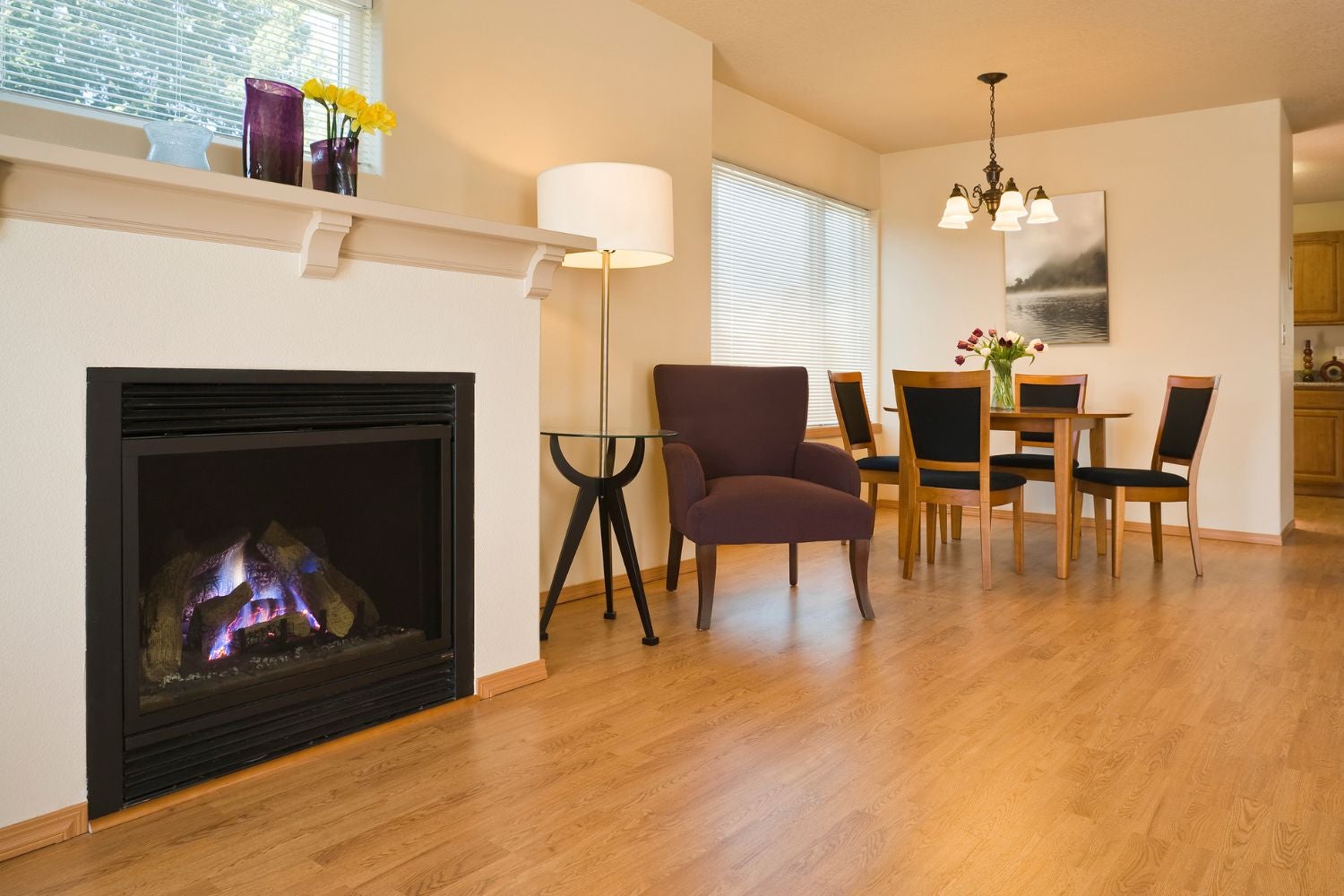

Articles
Why Is My Gas Fireplace Not Working
Modified: February 24, 2024
Having trouble with your gas fireplace? Read our articles to find out why your gas fireplace is not working and how to fix it.
(Many of the links in this article redirect to a specific reviewed product. Your purchase of these products through affiliate links helps to generate commission for Storables.com, at no extra cost. Learn more)
Introduction
Having a gas fireplace is a wonderful addition to any home, providing warmth, ambiance, and a cozy atmosphere. However, there may be instances when your gas fireplace is not working as expected. It’s important to understand the common issues that may arise and how to troubleshoot them. In this article, we will explore the reasons why your gas fireplace may not be working and what steps you can take to resolve the problem.
Key Takeaways:
- Gas fireplace issues, such as pilot light malfunctions and gas supply problems, can often be resolved through simple troubleshooting steps. However, safety should always be a priority, and seeking professional assistance is recommended for complex issues.
- Regular maintenance and prompt repairs are essential for ensuring the optimal performance and safety of your gas fireplace. Understanding common issues and seeking professional help when needed can help you enjoy the warmth and ambiance it provides for years to come.
Read more: Why Is My Gas Fireplace Beeping
Reasons for Gas Fireplace Not Working
One of the most common issues that can cause a gas fireplace to malfunction is problems with the pilot light. The pilot light is a small flame that ignites the main burner when you turn on your fireplace. If the pilot light is not functioning properly, it can result in a gas fireplace that won’t light or stay lit.
1. Pilot Light Issues
There are several pilot light issues that you may encounter with your gas fireplace:
1.1 Pilot Light Not Igniting
If the pilot light fails to ignite when you try to start your gas fireplace, there could be a few reasons for this. First, ensure that the gas valve supplying gas to the fireplace is open. If it’s closed, simply turn it on. Secondly, check if there is air in the gas line. To remove the air, you can try purging the gas line by holding down the pilot light button for a few minutes.
1.2 Pilot Light Keeps Going Out
If the pilot light initially ignites but keeps going out, it may indicate a problem with the flame sensor or thermocouple. The flame sensor detects the presence of the pilot light, while the thermocouple generates a small electrical current to keep the gas valve open. If either of these components is faulty, the pilot light will not stay lit.
1.3 Pilot Light Flame is Weak or Irregular
A weak or irregular pilot light flame may be caused by an issue with the gas supply or a dirty pilot tube. Inspect the gas supply line for any blockages or leaks. If the gas supply is fine, clean the pilot tube using a small wire brush to remove any debris that may be obstructing the flow of gas.
It’s important to note that if you are uncertain about troubleshooting or dealing with the pilot light issues, it’s always recommended to seek the assistance of a qualified technician who can diagnose and fix the problem safely.
In the next section, we will explore other potential reasons why your gas fireplace may not be working, including gas supply problems, thermocouple malfunction, and faulty components, among other issues.
1 Pilot Light Not Igniting
The pilot light not igniting is a common issue that can prevent your gas fireplace from working properly. There are a few possible reasons why this problem occurs, and understanding them can help you troubleshoot and resolve the issue.
One of the primary reasons for a pilot light not igniting is that the gas valve supplying gas to the fireplace may be closed. Before attempting any further troubleshooting, it’s important to check if the gas valve is open. If it’s closed, simply turn it on and try igniting the pilot light again.
Another possible cause for a pilot light not igniting is air in the gas line. Air can enter the gas line during the initial installation or due to a disruption in the gas supply. To remove the air from the line, you can try purging it. Start by locating the pilot light button, which is typically located near the gas valve. Press and hold down the button for a few minutes to allow the gas to flow and replace the air. After a few minutes, try igniting the pilot light again.
If purging the gas line doesn’t solve the issue, there may be a problem with the igniter or the thermocouple. The igniter is responsible for generating the spark that ignites the pilot light. Over time, the igniter can become dirty or worn, making it ineffective in creating a spark. In this case, cleaning or replacing the igniter may be necessary.
The thermocouple is another crucial component that can prevent the pilot light from igniting. The thermocouple generates a small electrical current that keeps the gas valve open once the pilot light is ignited. If the thermocouple is faulty, it won’t generate enough current to keep the valve open, resulting in an unlit pilot light. Inspecting the thermocouple for any signs of damage or corrosion and replacing it if necessary can solve the problem.
In some cases, the issue may be with the gas pressure. If the gas pressure is too low, it may not be sufficient to ignite the pilot light. A qualified technician can check the gas pressure and make any necessary adjustments to ensure proper ignition.
It’s important to remember that if you are unfamiliar or uncomfortable with troubleshooting the pilot light not igniting, it’s always best to seek the assistance of a professional technician. They have the expertise and experience to diagnose and fix the problem safely.
2 Pilot Light Keeps Going Out
If your gas fireplace’s pilot light keeps going out after it initially ignites, there are a few potential causes that you should investigate. Understanding these causes can help you troubleshoot the issue and find a solution.
One common reason for a pilot light that keeps going out is a problem with the flame sensor or thermocouple. The flame sensor is responsible for detecting the presence of the pilot light, while the thermocouple generates a small electrical current to keep the gas valve open. If either of these components is malfunctioning or damaged, the pilot light can extinguish.
To check the flame sensor, visually inspect it for any signs of corrosion or build-up. Use a soft brush or cloth to gently clean the sensor if you notice any accumulation. If cleaning the flame sensor doesn’t resolve the issue, it may be necessary to replace it with a new one.
Likewise, inspect the thermocouple for any signs of damage. Look for bends, cracks, or corrosion on the thermocouple. If the thermocouple is faulty, it won’t generate enough electrical current to keep the gas valve open, causing the pilot light to go out. Replacing the thermocouple with a new one should solve the problem.
Another possible cause of a pilot light that keeps going out is a weak or irregular gas supply. Check the gas supply line for any blockages or leaks. Ensure that the gas valve supplying gas to the fireplace is fully open and not partially closed. Additionally, check the gas pressure to ensure it is at the appropriate level. If the gas pressure is too low, the pilot light may struggle to stay lit. A qualified technician can inspect the gas supply and make any necessary adjustments or repairs.
Additionally, external factors such as drafts or strong wind can also cause the pilot light to extinguish. Check for any sources of significant air movement near the fireplace, such as open windows or doors. Consider installing a draft diverter or shield to protect the pilot light from gusts of wind.
Lastly, if you have tried all the above troubleshooting steps and the pilot light still keeps going out, it’s best to contact a professional technician. They have the expertise to diagnose and resolve more complex issues, ensuring the safety of your gas fireplace.
Remember, if you are unsure or uncomfortable with performing any troubleshooting steps, it’s always wise to seek the assistance of a qualified technician to avoid any potential hazards.
Read more: Why Does My Gas Fireplace Smell Like Gas
3 Pilot Light Flame is Weak or Irregular
If you notice that the flame of your gas fireplace’s pilot light is weak or irregular, there may be a few potential causes that you should investigate. A weak or irregular pilot light flame can affect the overall performance and functionality of your fireplace. Here are some common reasons for this issue:
One possible cause of a weak or irregular pilot light flame is a problem with the gas supply. Check the gas valve supplying gas to the fireplace and ensure that it is fully open. If the valve is partially closed, it can restrict the flow of gas, resulting in a weak or inconsistent flame. Make sure that the gas valve is turned on all the way to allow for proper gas flow.
Another cause of a weak pilot light flame is a dirty or clogged pilot tube. Over time, debris and dust can accumulate in the pilot tube, obstructing the gas flow and affecting the flame quality. To clean the pilot tube, you can use a small wire brush to gently remove any dirt or debris. Be careful not to damage the pilot tube while cleaning it. Once clean, relight the pilot light and observe if the flame becomes stronger and more consistent.
Additionally, a weak or irregular pilot light flame may indicate a problem with the gas pressure. If the gas pressure is too low, the pilot light may struggle to produce a strong flame. In this case, it is recommended to contact a qualified technician to inspect and adjust the gas pressure to the appropriate level.
Gas Supply Problems
Gas supply problems can also contribute to your gas fireplace not working properly. Here are a couple of common gas supply issues that you should be aware of:
First, check if the gas valve supplying gas to the fireplace is turned on. It may seem obvious, but sometimes the gas valve can accidentally be turned off, preventing any gas from reaching the fireplace. Ensure that the gas valve is in the open position and that the gas is flowing to the fireplace.
In some cases, the gas pressure may be too low, which can affect the performance of your gas fireplace. Low gas pressure can cause a weak flame, difficulty in igniting the pilot light, or even a complete failure to start the fireplace. It is best to contact a professional technician to accurately measure and adjust the gas pressure to the appropriate level.
If you suspect a gas leak, it is important to take immediate action. A gas leak can be dangerous and should be addressed by a professional immediately. Signs of a gas leak include a strong odor of gas, hissing sounds near the gas line, or discolored or dying plants near the gas line. If you detect any of these signs, evacuate the premises and contact your gas provider or emergency services.
Addressing gas supply problems or issues requires specialized knowledge and expertise. It is always recommended to consult a qualified technician who can accurately diagnose and resolve any gas supply issues to ensure the safe operation of your gas fireplace.
1 Gas Valve is Turned Off
One of the common reasons why your gas fireplace may not be working is that the gas valve supplying gas to the fireplace is turned off. While it may seem like an obvious solution, it’s essential to check if the gas valve is in the open position before troubleshooting further.
The gas valve controls the flow of gas to the fireplace. If the gas valve is turned off, no gas will reach the fireplace, preventing it from igniting or operating. Before assuming there is a problem with your gas fireplace, locate the gas valve, which is typically located near the fireplace or in a utility room, and check its position. The valve should be in the “on” or “open” position.
To turn on the gas valve, locate the handle or knob and rotate it in a clockwise direction until it stops or aligns with the “on” position. Take care not to force the valve as excessive force can cause damage. Once the valve is fully open, gas should flow to the fireplace, allowing it to function correctly.
After opening the gas valve, try igniting the pilot light or turning on the fireplace to see if it now operates properly. If the gas valve being turned off was the cause of the problem, your gas fireplace should now function as expected.
In some instances, the gas valve may have been accidentally turned off or shut off for maintenance or safety purposes. However, if you find that the gas valve is consistently turned off without your intervention, you should contact a qualified technician to inspect and assess the situation. They can identify any underlying issues and ensure the safe operation of the gas valve and fireplace.
Remember, safety is paramount when dealing with gas appliances. If you smell gas or suspect a gas leak, leave the area immediately and contact your gas provider or emergency services. Do not attempt to operate or troubleshoot the gas fireplace until a professional has inspected and resolved the issue.
2 Gas Pressure is Too Low
Another potential reason why your gas fireplace might not be working is if the gas pressure is too low. Gas pressure is crucial for the proper functioning of a gas fireplace, as it allows for efficient combustion and ignition. If the gas pressure is below the recommended level, the flame may be weak or fail to ignite altogether.
Low gas pressure can be caused by a variety of factors. It could be due to an issue within the gas supply system, such as a blockage or restriction in the gas line. It could also be a problem with the gas regulator, which controls the pressure of the gas coming into your home.
If you suspect that the gas pressure is too low, it is best to contact a qualified technician who can accurately measure and adjust the gas pressure. They will have the necessary tools and expertise to diagnose and resolve the issue. Attempting to adjust the gas pressure yourself can be dangerous and should be left to professionals.
Read more: Why Won’t My Gas Fireplace Light
Thermocouple Malfunction
The thermocouple is a safety device that senses the presence of a pilot light. It is responsible for generating a small electrical current that keeps the gas valve open once the pilot light is ignited. If the thermocouple is malfunctioning, it may fail to generate enough current, causing the gas valve to close and the pilot light to go out.
A malfunctioning thermocouple can be due to various reasons, such as a loose connection, a worn-out thermocouple, or a buildup of dirt and debris on the sensor. To troubleshoot this issue, start by ensuring that the thermocouple is properly connected and securely fastened. If the problem persists, try cleaning the thermocouple with a soft cloth or a brush to remove any dirt or residue. If these steps do not resolve the issue, it is advisable to have the thermocouple replaced by a professional technician.
Check the pilot light to see if it is lit. If not, follow the manufacturer’s instructions to relight it. If the pilot light is lit but the fireplace still isn’t working, check for any blockages in the gas line or vents. If you’re unsure, contact a professional for assistance.
Faulty Thermopile
Similar to the thermocouple, the thermopile is responsible for generating electrical current. However, instead of sensing the pilot light, the thermopile controls the electrical current for operating the main burner and other components of the gas fireplace. If the thermopile is faulty, it may not generate enough current to keep the gas valve open, preventing the fireplace from functioning properly.
If you suspect a faulty thermopile, it is best to consult a professional technician. They will thoroughly inspect the thermopile and determine if it needs to be repaired or replaced. Attempting to fix a faulty thermopile without proper knowledge and expertise can lead to further damage or unsafe operation of the fireplace.
Dirty or Clogged Burners
Over time, burners in a gas fireplace can accumulate dirt, dust, and debris, which can obstruct the flow of gas, resulting in a weak or inconsistent flame. It is essential to regularly clean the burners to maintain optimal functioning of the fireplace.
To clean the burners, start by turning off the gas supply and allowing the fireplace to cool completely. Carefully remove the burner assembly according to the manufacturer’s instructions and inspect it for any signs of dirt or clogs. Use a soft brush or a compressed air canister to gently remove any debris. Once clean, reinstall the burner assembly and relight the fireplace to check if the flame improves.
Issues with Ignition Switch or Control Panel
Problems with the ignition switch or control panel can also prevent your gas fireplace from working correctly. The ignition switch is responsible for activating the ignition process, while the control panel allows you to regulate the settings of the fireplace.
If you are experiencing issues with the ignition switch, ensure that it is in the proper position and functioning correctly. If necessary, consult the manufacturer’s instructions or contact a technician for guidance.
Similarly, problems with the control panel can affect the operation of the fireplace. Check if the control panel is responsive and functioning as expected. If there are any error codes or unusual displays on the control panel, consult the manual or seek professional assistance to diagnose and resolve the issue.
Read more: How Does A Gas Fireplace Work
Faulty Gas Fireplace Igniter
The gas fireplace igniter is responsible for producing the spark needed to ignite the gas and create a flame. If the igniter is faulty, it may fail to generate a spark or produce a weak spark, resulting in difficulty igniting the fireplace.
If you suspect a faulty igniter, it is advisable to have it inspected and replaced by a professional technician. They will have the necessary knowledge and tools to safely replace the igniter and ensure that the fireplace ignites properly.
Electronic Ignition Problems
Gas fireplaces with electronic ignition systems utilize an electronic control module to ignite the pilot light and subsequently the main burner. Issues with the electronic ignition module can prevent the fireplace from igniting or cause intermittent ignition problems.
If you suspect a problem with the electronic ignition system, ensure that the ignition switch is in the “on” position and that all wiring connections are secure. If the problem persists, it is best to consult a technician who can diagnose and resolve the issue with the electronic ignition system.
Damaged or Worn-Out Fireplace Components
Over time, various components of a gas fireplace can become damaged, worn-out, or degraded. This can include parts such as gas valves, regulators, seals, and gaskets. Damaged or worn-out components can adversely affect the performance and functionality of the fireplace.
If you suspect that there are damaged or worn-out components in your gas fireplace, it is strongly recommended to have a professional technician inspect and assess the situation. They can properly identify any faulty or degraded parts and replace them to ensure safe and optimal operation of the fireplace.
Conclusion
Gas fireplaces provide warmth and ambiance to any home, but issues can arise that prevent their proper functioning. By understanding the potential reasons for your gas fireplace not working, such as gas valve issues, low gas pressure, component malfunctions, and debris buildup, you can troubleshoot and resolve the problems. However, it is essential to prioritize safety and consult a qualified technician if you are unsure or uncomfortable with any troubleshooting steps. With proper maintenance and prompt repairs, you can enjoy the comfort and coziness of your gas fireplace for years to come.
Frequently Asked Questions about Why Is My Gas Fireplace Not Working
Was this page helpful?
At Storables.com, we guarantee accurate and reliable information. Our content, validated by Expert Board Contributors, is crafted following stringent Editorial Policies. We're committed to providing you with well-researched, expert-backed insights for all your informational needs.
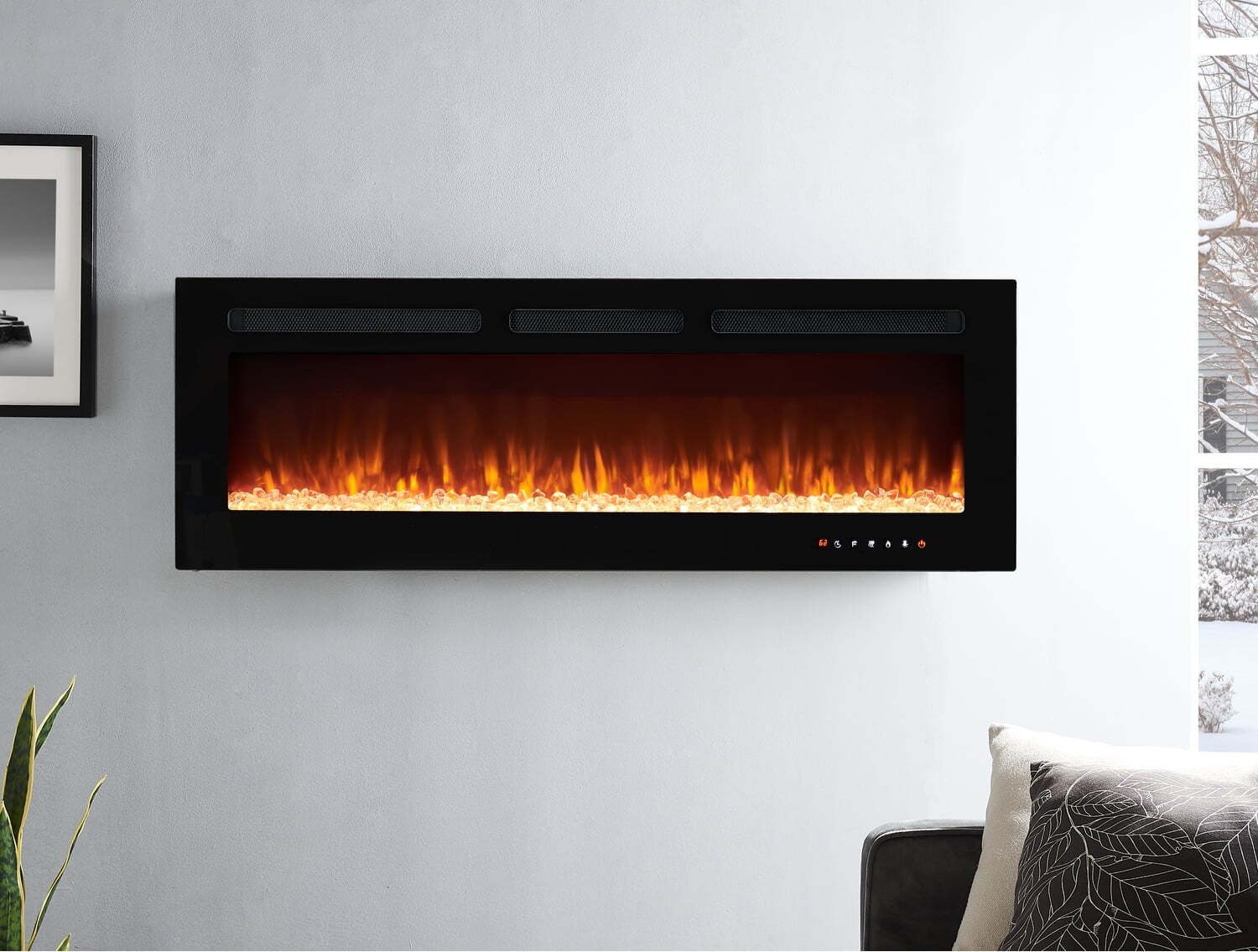
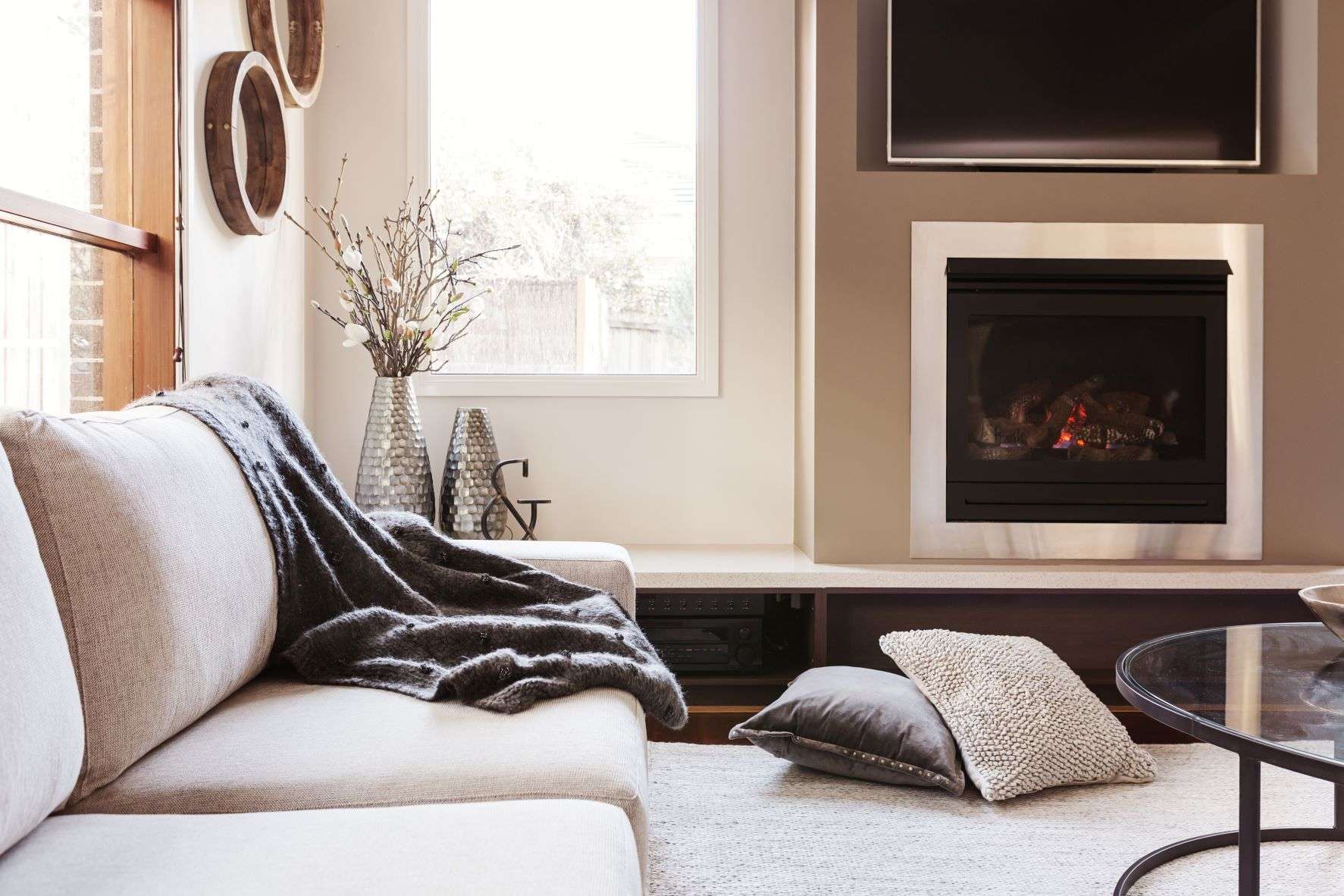

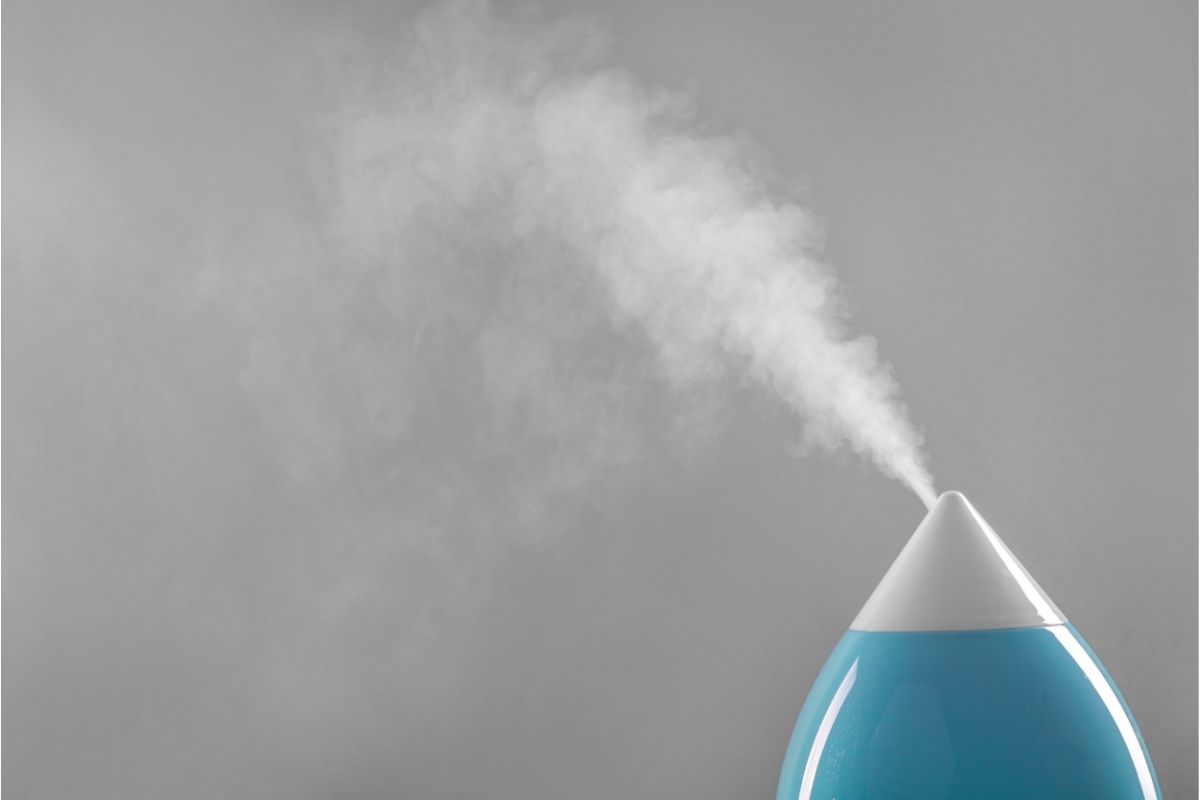
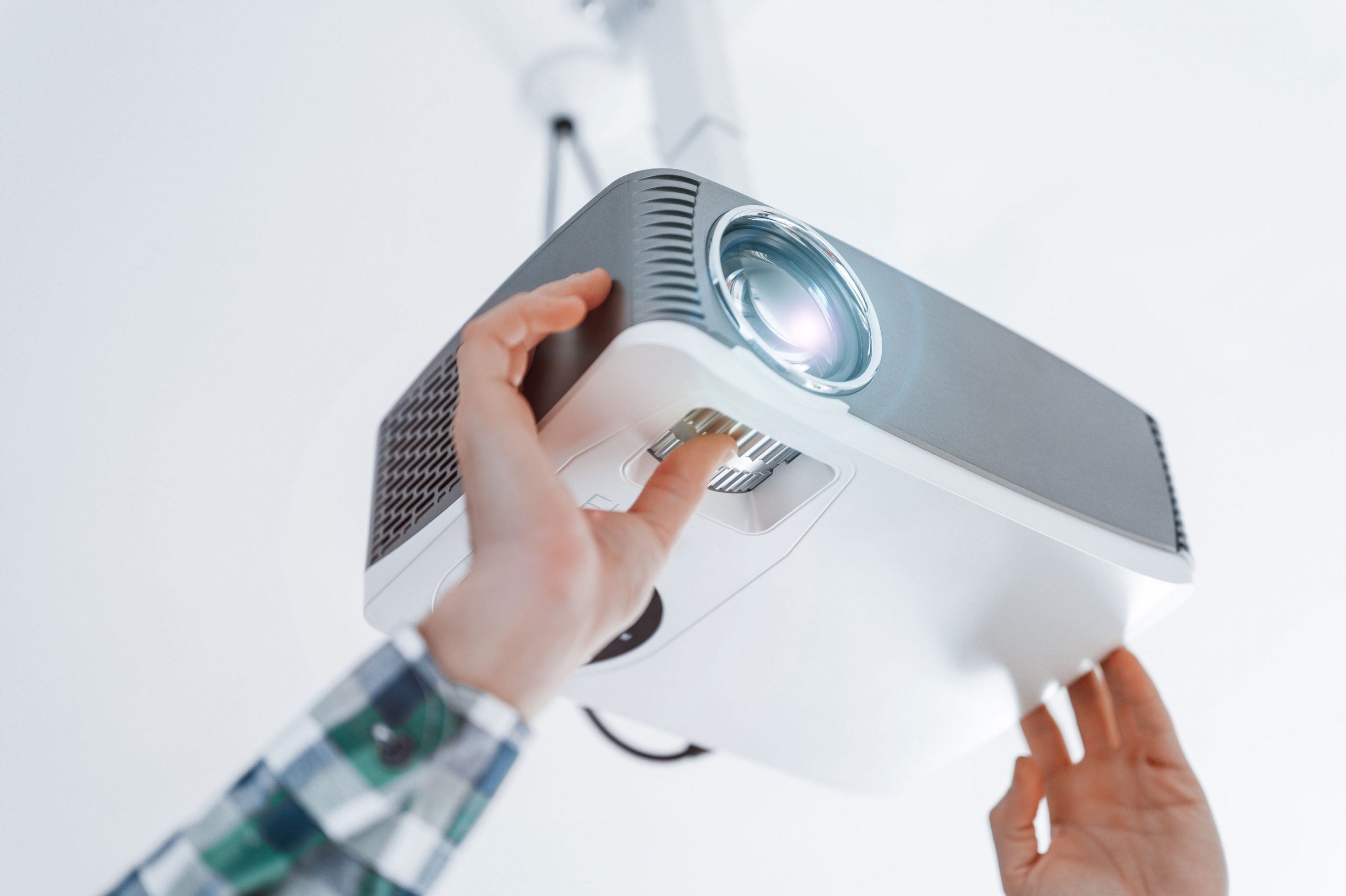
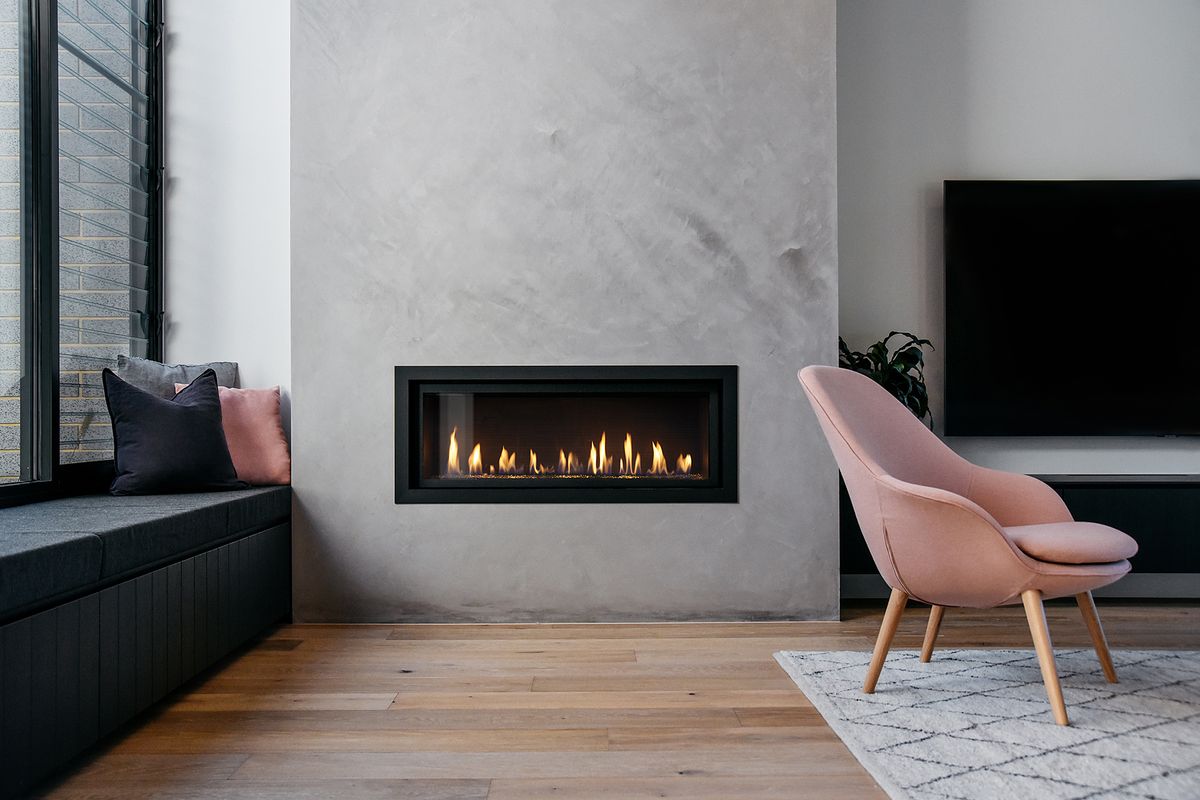
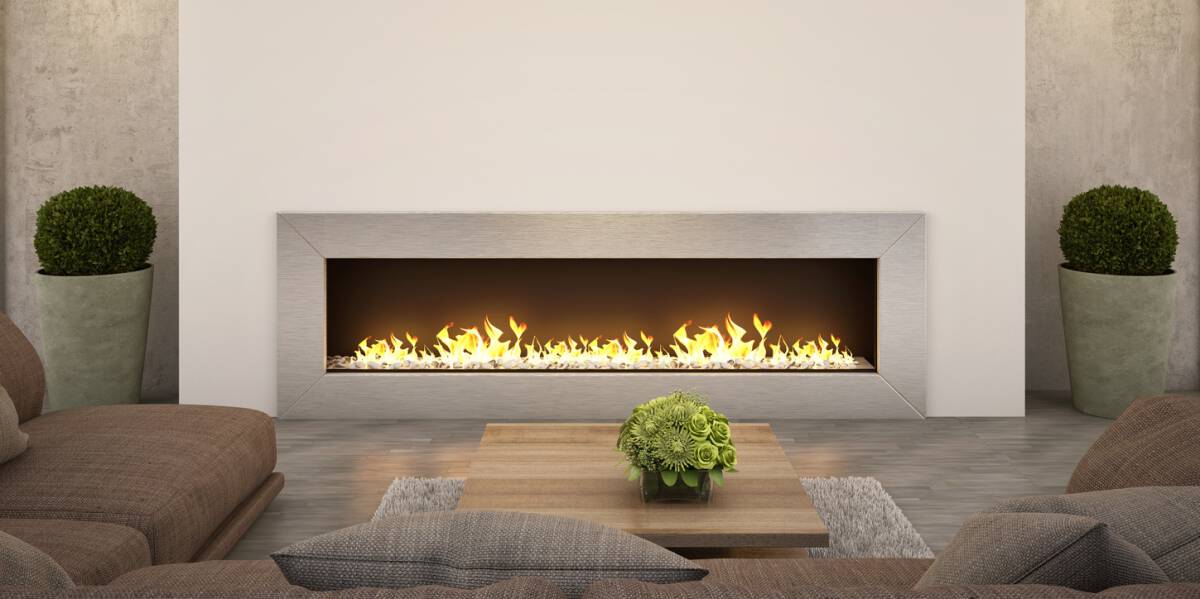
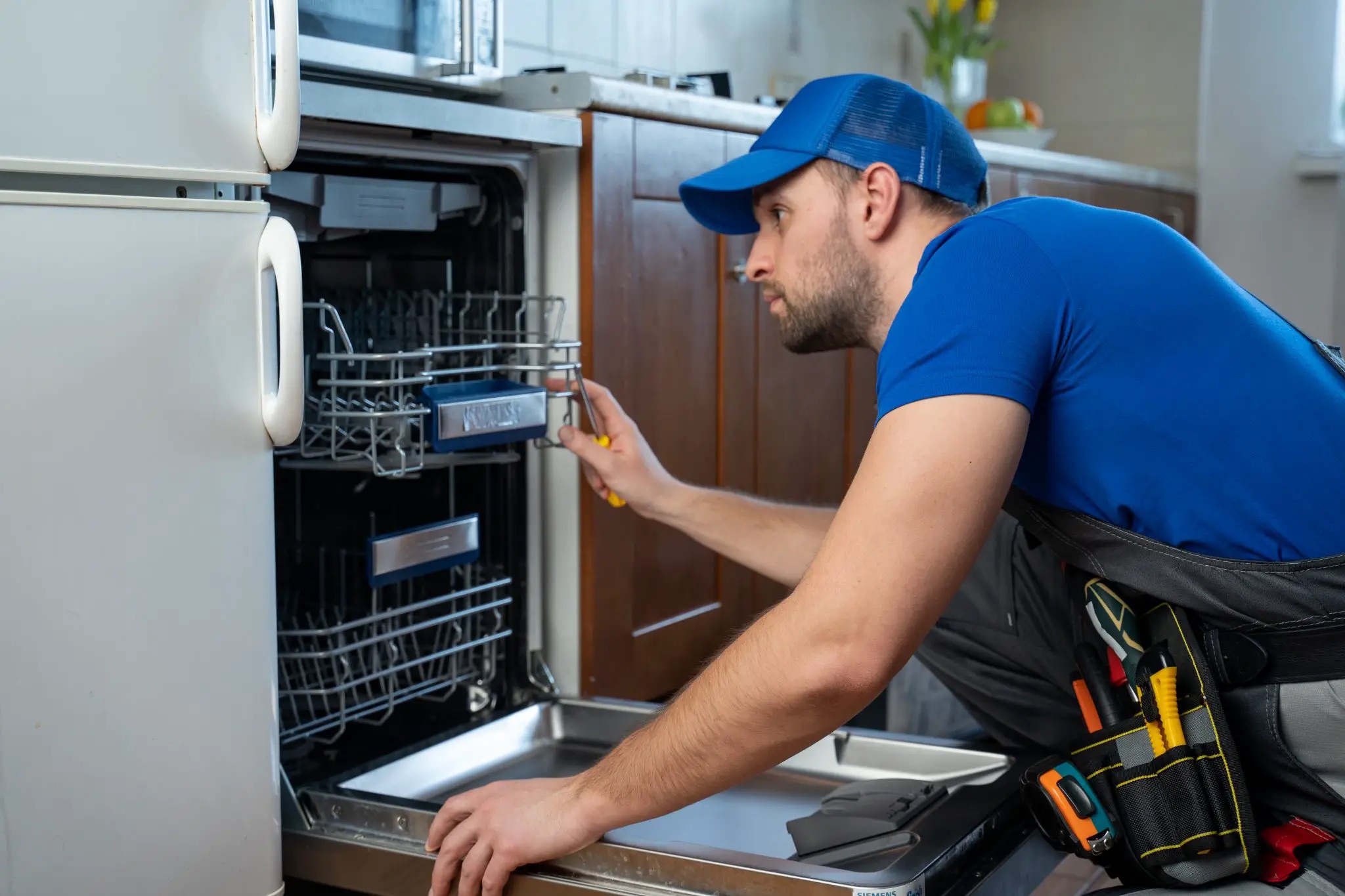
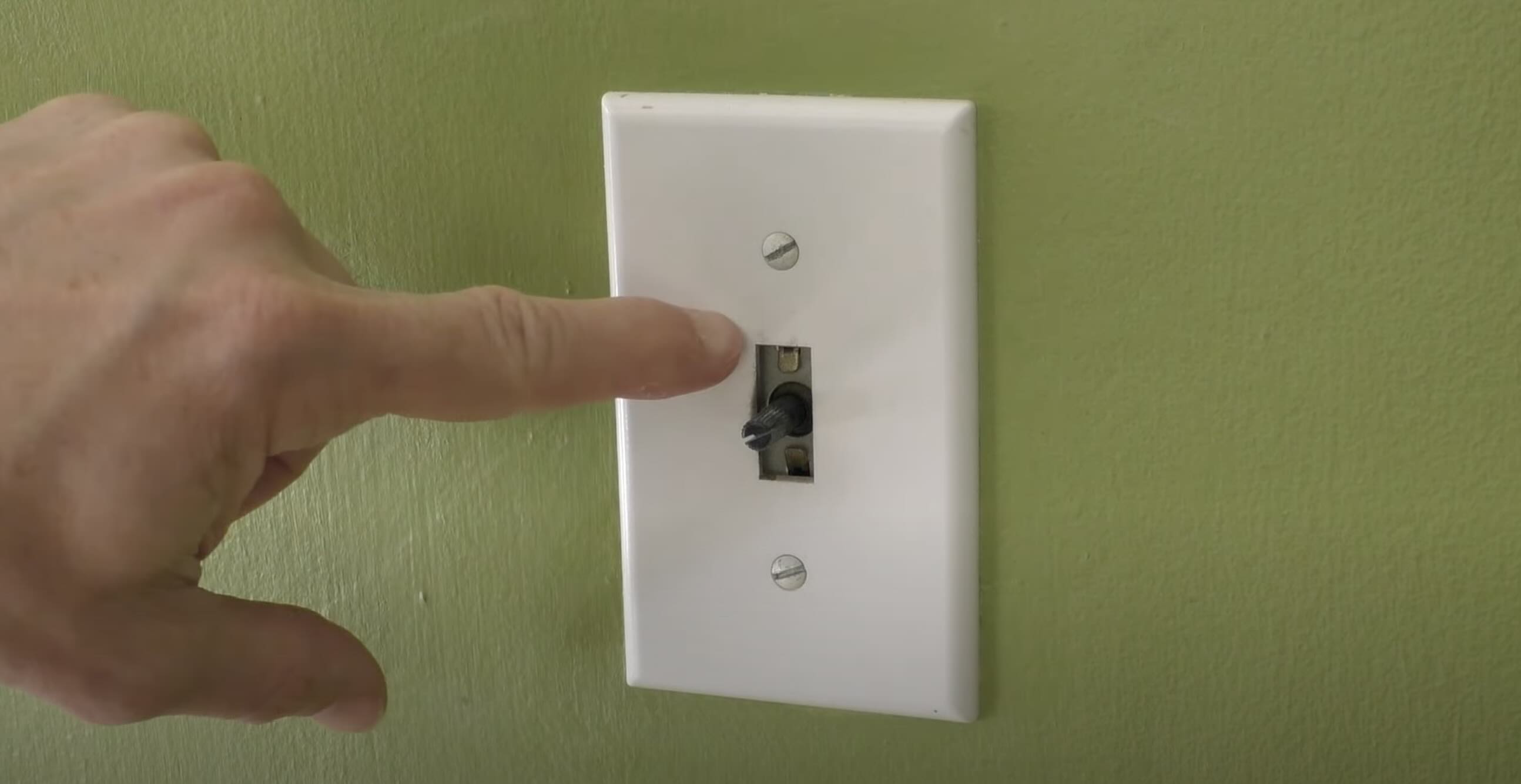
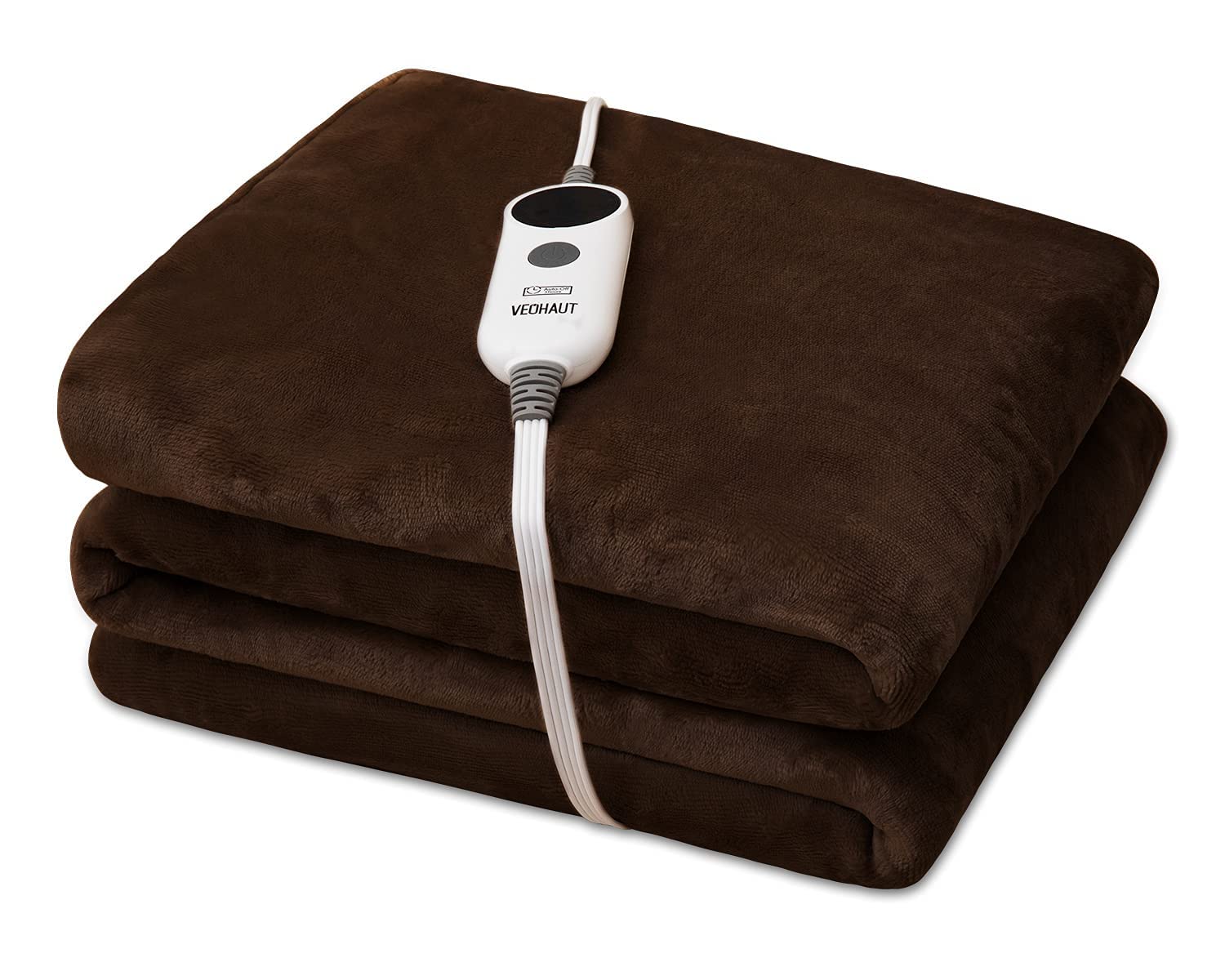

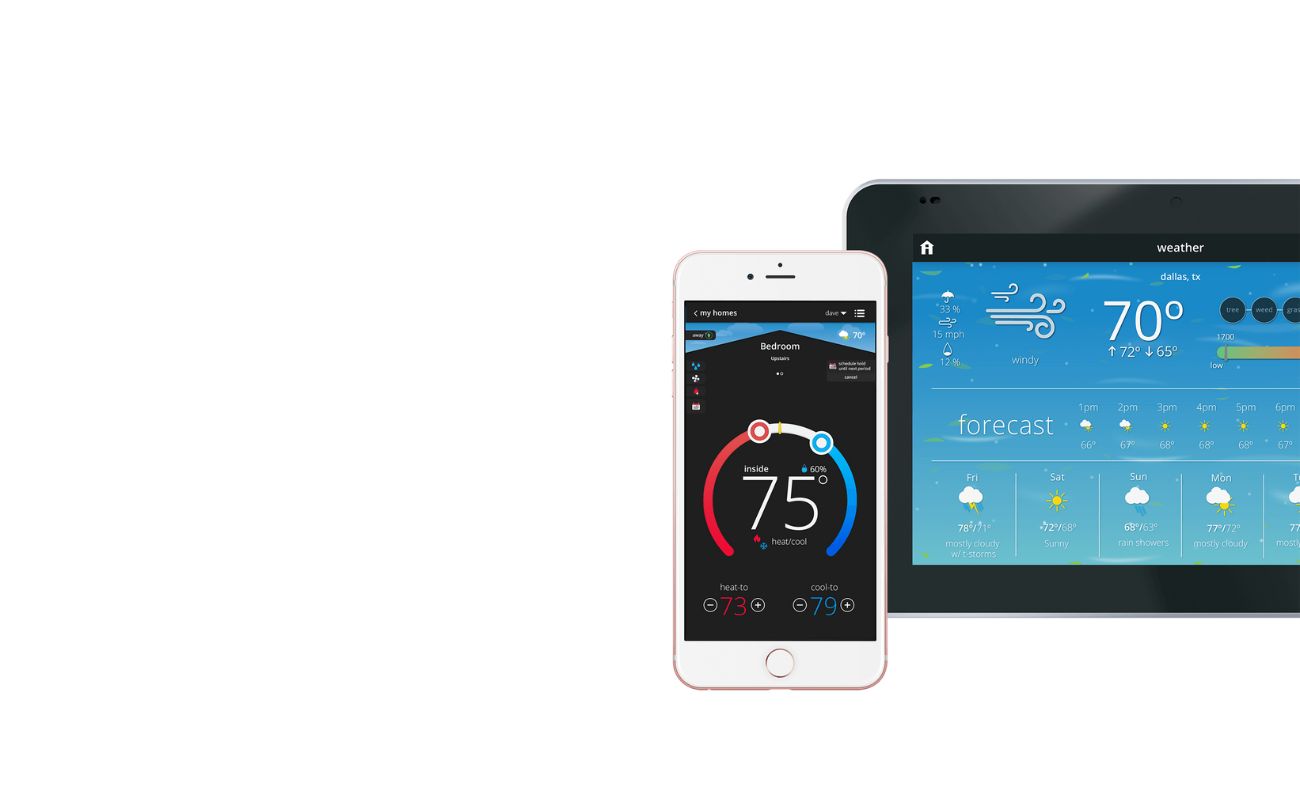

0 thoughts on “Why Is My Gas Fireplace Not Working”